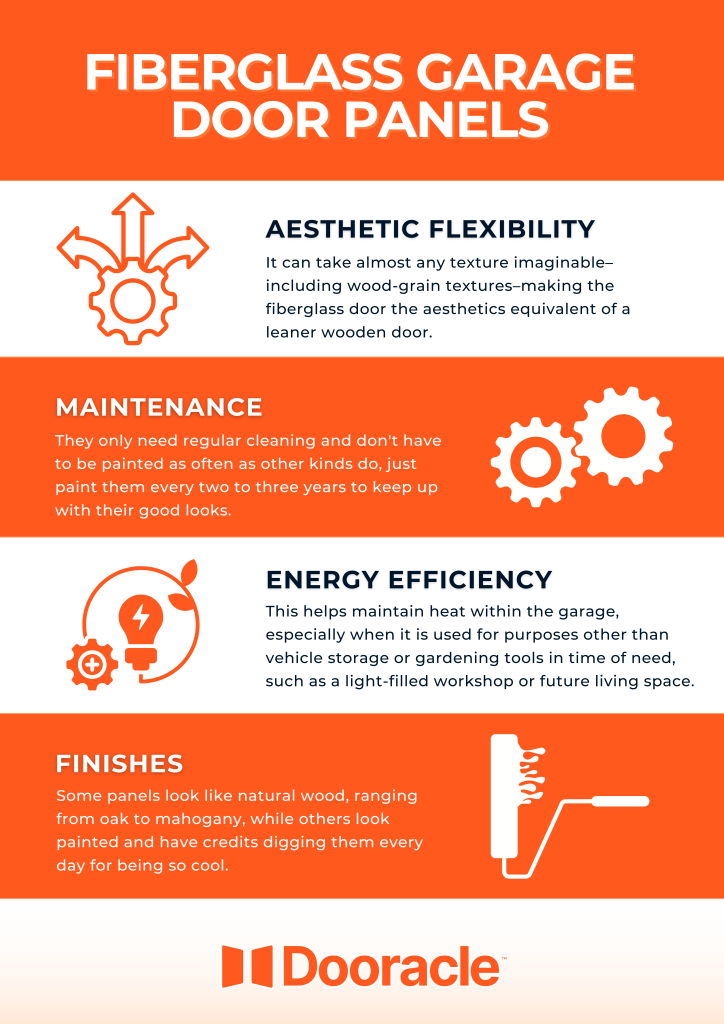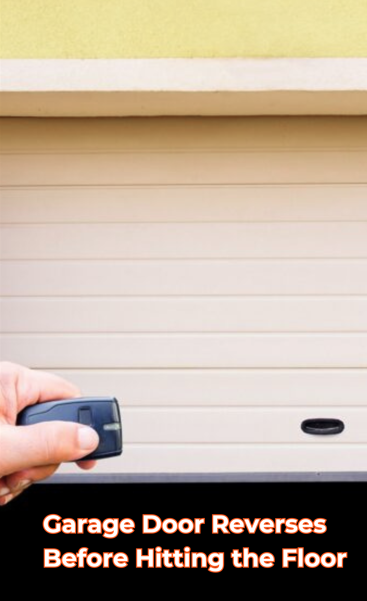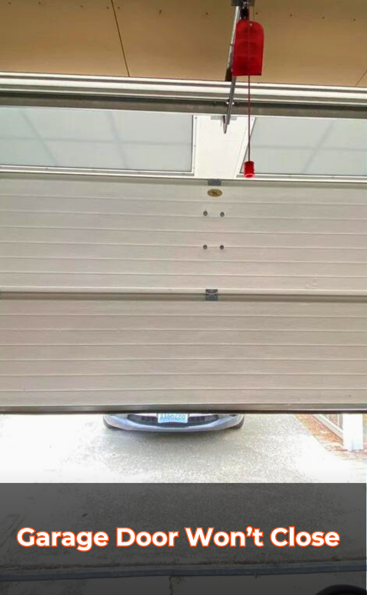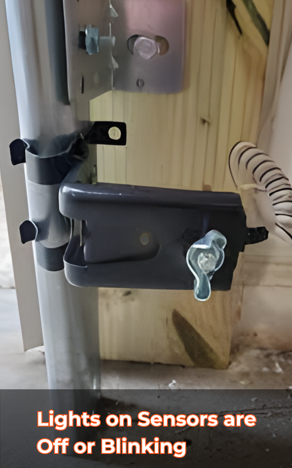
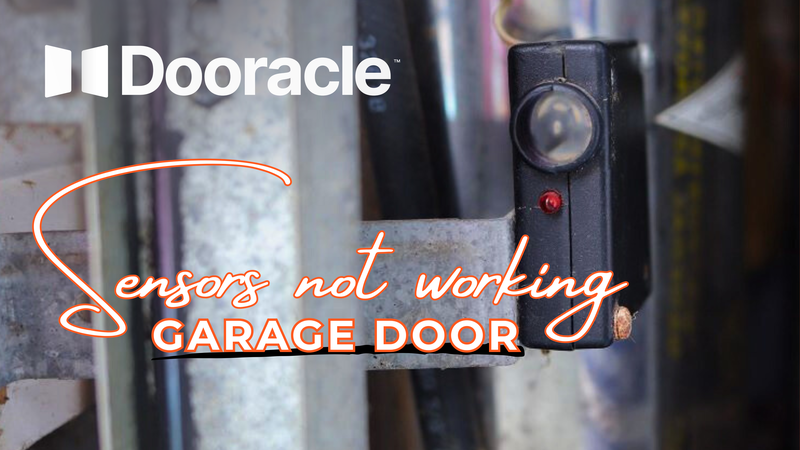
Garage door sensors play a critical role in ensuring the safety of your garage door by preventing it from closing if an obstruction is detected. When these sensors fail, it can lead to a garage door that won't close, or worse, a door that could potentially close on objects, pets, or people. This guide will help you diagnose and fix common issues with garage door sensors, restoring their functionality and ensuring your door operates
safely
Understanding How Garage Door Sensors Work
Garage door sensors consist of two units placed on either side of the garage door near the ground. Each emits an infrared beam that connects to the other. If this beam is interrupted, sensors prevent the door from closing. Obstructions, misalignments, and electrical problems can cause issues.
Common Symptoms of Malfunctioning Sensors
Step-by-Step Troubleshooting Guide

Check for Obstructions
If any obstacles, dust, or garbage are hindering the receiver, then this will prevent an adequate signal from being given and eventually force a halt altogether.

Clean the Sensors
Wipe the lens with a soft cloth. The emission might be altered by dirt or protuberance on either sensor

Ensure Proper Alignment
Check that the two sensors are lined up to each other perfectly. This enhancement cannot make correct receipt in the production of infrared beams. Before the project is in the production phase, adjust the sensors so they are facing each other more directly.

Inspect Wiring
Check for cracks in any wire leading up to the sensors. If you see a wire that is damaged, you need to either replace it or have it repaired.

Test Sensor Functionality
Test whether obstructing the beam with an object will cause the garage door to reverse. If the door continues moving down, perhaps your sensors won’t be working properly

Reset the Garage Door Opener
At times, by turning off the garage door opener you can resolve sensor difficulties. Unplug the garage door opener, wait a minute, then plug it back in.

Replace the Batteries (if applicable)
If your sensors are battery-powered, replace them with the correct type of new battery. This is necessary because weaker batteries might sometimes yield intermittent sensor behavior.
When to Call a Professional
If you have gone through these troubleshooting steps and still don't find any sensor activity, it might be time to call in a professional. Some problems, like internal circuitry problems, or complex alignment problems, are best left to a technician who can offer further diagnostics and repairs of a more advanced nature.A small river named Duden flows by their place and supplies it with the necessary regelialia. It is a paradise
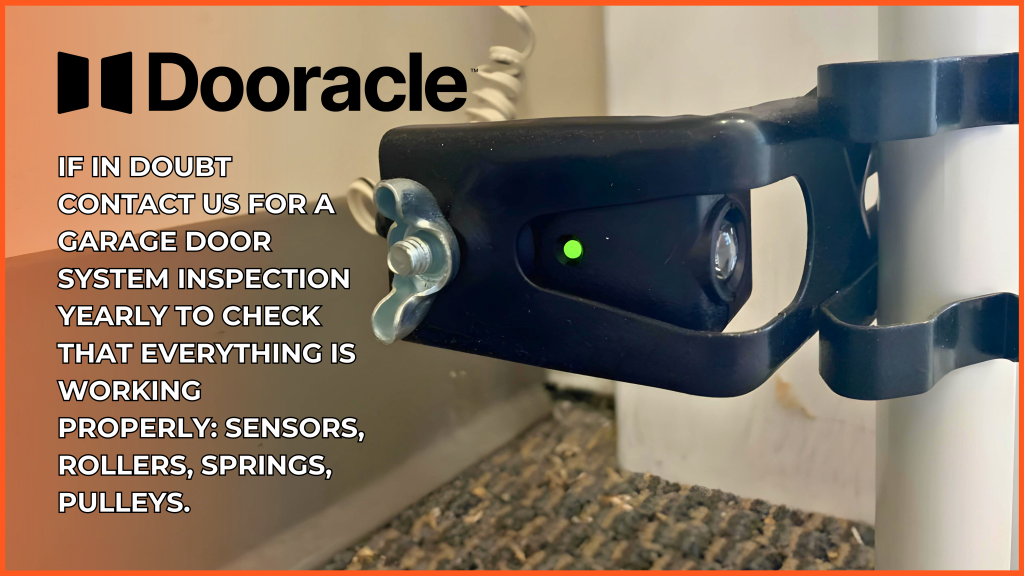
Preventative Maintenance Tips
Conclusion
Garage door sensors It is the operator of your garage, you must ensure that these sensors are workingproperly. Follow this guide for troubleshooting guidance to solve common problems that prevent your sensors from correctly working. The maintenance and timely repair of repairs that can affect the safety of garage door operation will ensure peace.
This guide tells homeowners how they can detect and where appropriate correct faults in garage door sensors, to keep the system safe and functional.
